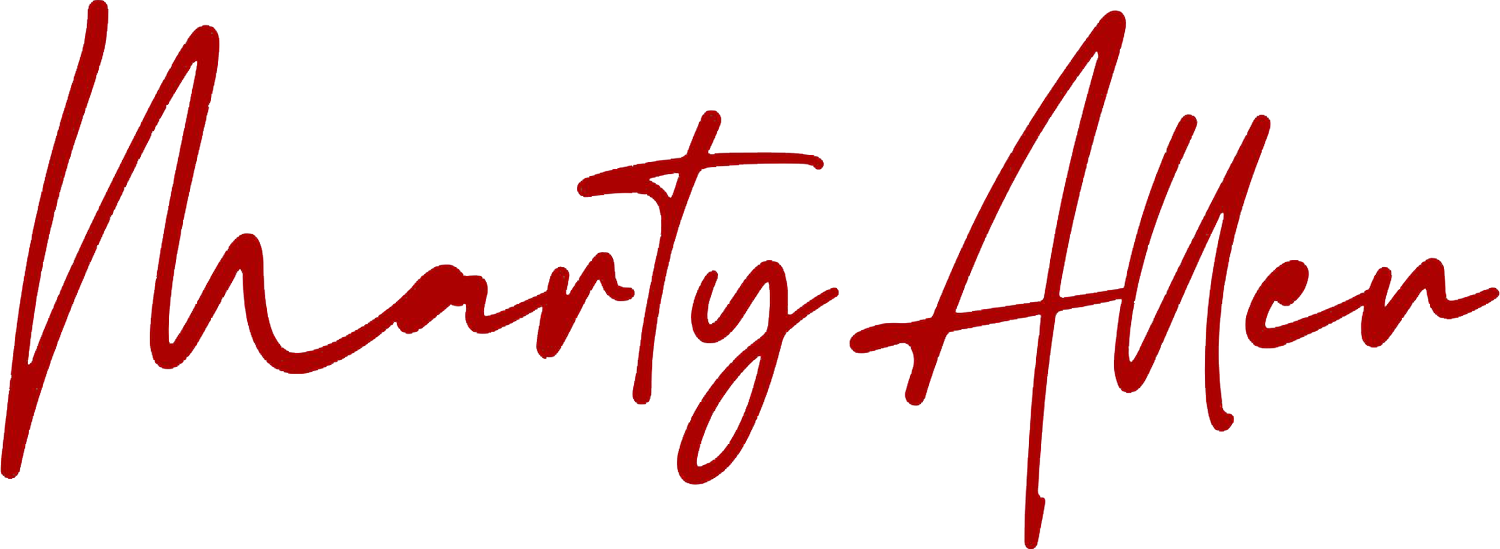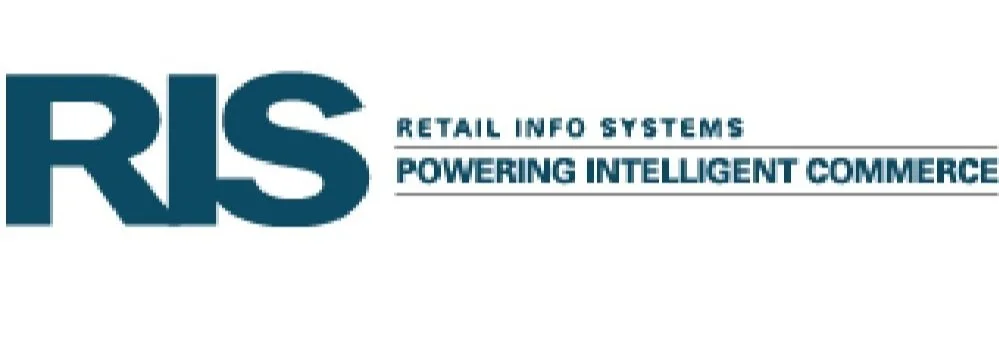From the March 2007 print edition
Today Party America is the second largest party store
chain in the United States and brings in sales of more than $160 million annually. Yet, just over nine years ago the company was bankrupt. In 1998, current President and CEO Marty Allen took over the reins of the company and, after aggressive structural changes and an immediate investment in retail technology, pulled Party America out of Chapter 11.
Using a new POS system Party America managers spend 50 percent more time with customers on the store floor.
When Allen took over Party America nine years ago, one of his first decisions was to invest in a new point-of-sale (POS) system. In five months the POS was up and running; one month later the company was out of Chapter 11. Direct cause and effect? Maybe not, but the new technology certainly put the company back on the right track. Results, says Allen, were immediate. Before the conversion to an updated POS system, the Party America stores were often out of stock on all the right items and over-stocked on all the wrong products, he reports. Today, out-of-stocks are down to less than one percent on a SKU basis. “Typically, we have 10,000 SKUs on the floor and if we get more than 100 outs at any time we think we’ve gone off the deep end,” says Allen.
In addition to the reduction of out-of-stocks, overall inventory has been reduced 20 to 40 percent. Without an adequate POS system, these improvements would have been much harder to come by. “We could have turned the company around without the help of technology, but it would have taken a lot longer and cost a lot more money,” Allen says. The quick turnaround at Party America enabled business expansion. Once a 26-store operation, the company has grown to 209 company-owned stores and 65 franchise stores. In September 2006, Berkshire Partners LLC and Weston Presidio, through their holding company AAH Holdings, purchased Party America, but it is still operating independently, headed by Allen.
Flip Sides Of A Coin
According to Allen, successful retail, at tier one retailers as well as SMBs, can be boiled down to effective inventory management and quality interaction between people – both staff-to-customer and manager-to-employee interactions. In order to improve the prospects for the California-based party retailer, Allen turned to technology, specifically a value-loaded POS system from Tomax.
If the POS software is a coin, one side is inventory management, including merchandise tracking and ensuring the right product is on the shelf. The other side of the coin is the people process; freeing up managers to spend more time interacting with customers and store associates. “The better trained your staff and the more time they have to give customers, the more you’re going to drive sales,” explains Allen.
Today, 10 years after the POS system was initially installed, Party America store managers spend at least 50 percent more time on the floor. Automating many of the back-office tasks that managers used to have to deal with has brought managers out of the back offices and allows them to spend more time training staff and helping customers. “I don’t want management in the back office,” Allen insists. “I want managers on the floor with people – either customers or employees.”
“We could have turned the company around without the help of technology but it would have taken a lot longer and cost a lot more money.” – Marty Allen
“Customers love to go into a store and have sales people help them,” Allen says. Managers also can aid in tracking merchandise and keeping the POS in sync with what’s happening on the sales floor. Theft and cashier mistakes can throw automated inventory management off balance. While a manager is on the floor he can watch for low stock and readjust the system.
Inventory replenishment is one of the tasks that previously kept managers in the back office. Today, inventory replenishment is done automatically by software from Manhattan Associates. The replenishment system monitors replenishment needs by store level and adjusts as necessary in real time. The replenishment software is primarily used with everyday merchandise. At Party America, everyday merchandise includes products the stores carry year-round and are not tied to holidays and events – of which Party America covers 15 to 20. Most of the inventory management, however, is handled by the Tomax software.
The inventory management capabilities of the POS platform permit Party America to track the success of its varied seasonal merchandise. Using this history and the current sales rates by store level, Party America is able to order its seasonal merchandise, rarely needing a re-order. According to Allen, without the historical data provided by the POS system, ordering for the seasons would be a guessing game.
Party America receives the first “Retailer of the Year” award at the National Party Retailing Awards gala in Chicago, an event sponsored by American Greetings, Hallmark and Greetings, Etc.
Marty Allen is nominated and becomes a finalist for the prestigious Ernst & Young Award for Entrepreneur of the Year.
Party America completes ten consecutive years of growth and increased profits under the leadership of Marty Allen.
Party America makes the list at number 32 of the 100 fastest growing companies in northern California three years in a row, clocking a growth increase of 180%. Amazingly, it is also the fifth largest company in sales on the list.
Greetings, Etc., establishes a Party Retailing Hall of Fame to honor individuals who have made a significant contribution to the industry. Marty Allen is the first to be inducted. Editor Ms. Krassner points to Mr. Allen’s creativity and leadership in growing the Party America chain from just a few dozen stores into an industry powerhouse by upgrading in-store and corporate technology, overhauling the inventory system and improving customer service through better employee training.


